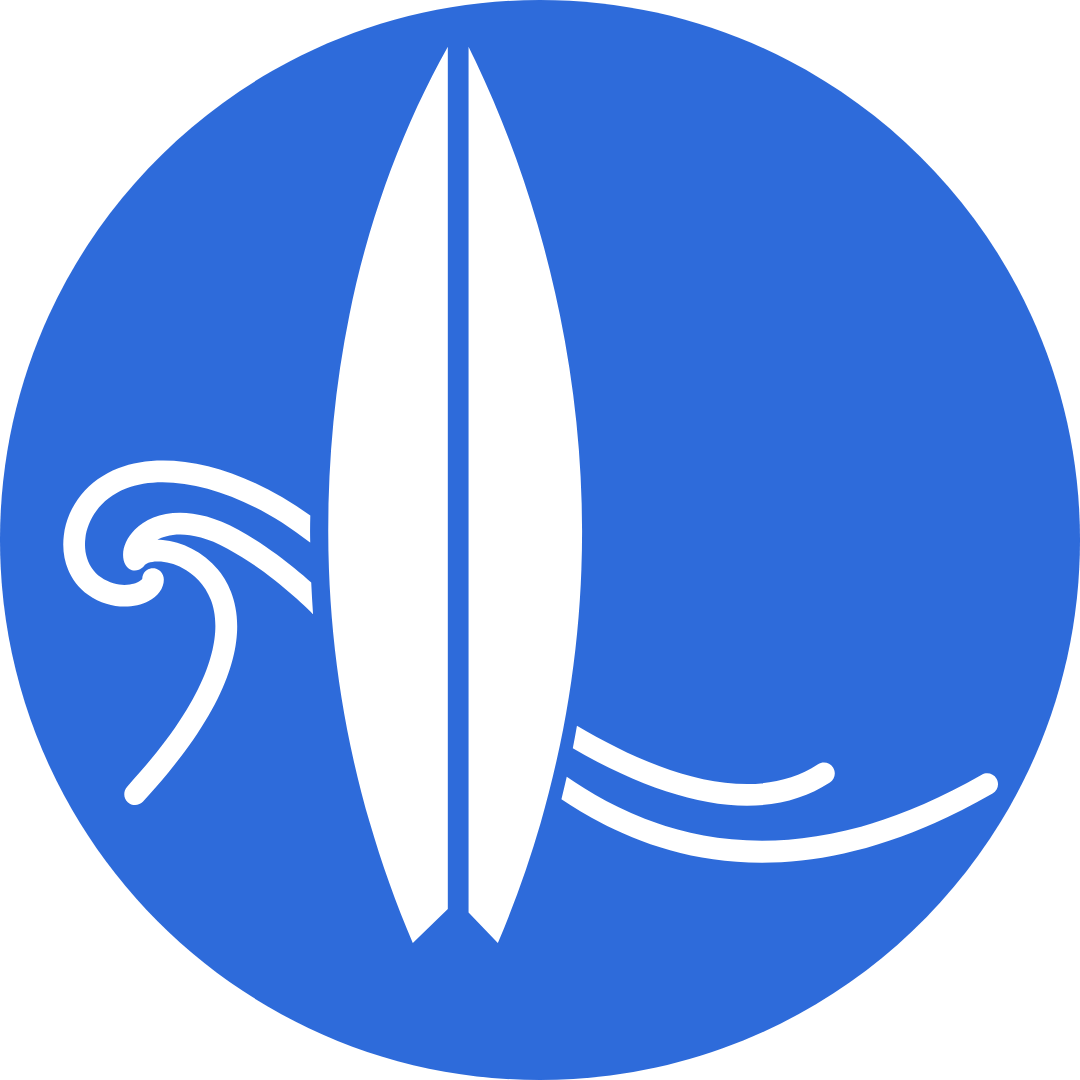Posted by Rick Civelli | 11.07.2013 | Kid Summer Camps, WB Surf Camp News
Adventure to Masonboro with Wrightsville Beach Elementary
 Since its inception WB Surf Camp has strived to spread the conservation message to students of all ages. During the summer months we provide teens with adventurous learn-to-surf programs across the globe! Our highly trained professional staff incorporate hands-on, feet-wet marine science into every program as we make an effort to instill a lifelong conservation ethic in our student.
Since its inception WB Surf Camp has strived to spread the conservation message to students of all ages. During the summer months we provide teens with adventurous learn-to-surf programs across the globe! Our highly trained professional staff incorporate hands-on, feet-wet marine science into every program as we make an effort to instill a lifelong conservation ethic in our student.
But WB Surf Camp doesn’t stop there! During the remainder of the year we incorporate marine conservation into all of our custom adventures. Making a difference starts at home, therefore we are passionate about spreading our mission through work with school groups, scout troops, college students, and environmental advocacy groups.
Recently we had the pleasure of teaming up with Wrightsville Beach School, Wrightsville Beach Scenic Tours, Masonboro.org and the Masonboro Island Reserve Advisory Committee to run a field based marine science pilot program for local school children.
 The day started out with 26 VERY excited second grade students. After an in-depth safety talk the student clamored aboard a pontoon boat christened “The Shamrock”. The students excitement was evident as we shoved off from the dock on a crisp October afternoon.
The day started out with 26 VERY excited second grade students. After an in-depth safety talk the student clamored aboard a pontoon boat christened “The Shamrock”. The students excitement was evident as we shoved off from the dock on a crisp October afternoon.
Over the next half hour the staff discussed topics such as estuaries, sea birds, currents, tides, weather, and shore development. As Masonboro Island came into sight we discussed barrier island formation and movement and the allocation of this particular island as a Wildlife Sanctuary. Masonboro Island referred to by locals as simply “Mase” is the largest undisturbed barriers island in southern North Carolina. There are no buildings, no people, and plenty of plants and wildlife!
Ready for some hands-on, feet-wet education the students left their shoes in the sand and started the hike from the calm sound side salt marsh over the dune ridge to the beach breaks.We stopped at each different zone on the island to learn more about the plants and animals found within them, we even studied the adaptation required to survive in each environment. In the salt marsh we discovered how resilient Spartina grass is and even talked about the tiny marsh periwinkle snails crawling up and down the blades. We spotted some beautiful wading birds included the snowy egret and blue heron fishing for some lunch among the marsh grass before we moved into the interior of the island.

Midway across we found low shrubs that had been twisted by the salt spray and wind as well as many plants like the Spanish bayonet that are experts as water storage. The bright colors of the flowering Firewheel could still be found sporadically along the path and as we reached the back of the dune almost everyone recognized Sea oats, an essential dune building grass.
The remainder of the afternoon was spent exploring the beach. We discovered a lot including; what sand is made of, how pelicans can dive into the water from 50 feet, where ghost crabs hide during the day, and what kind of animals made all the beautiful shell washed up on the beach.
Reluctantly the students headed back to the boat, but everyone was in agreement – Getting to experience the environment they were studying in the classroom made learning more fun and memorable!








 RENTALS
RENTALS LESSON
LESSON CAMPS
CAMPS ABOUT
ABOUT SHOP
SHOP